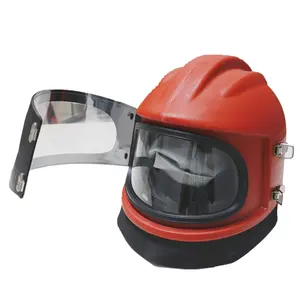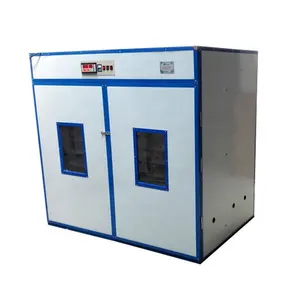Popular in your industry

































































Related Searches:


















































































































































Top categories
About heat exchanger tube sheet
A heat exchanger tube sheet is a crucial element in heat exchangers, serving as a barrier between two fluid streams. It plays a pivotal role in maintaining the integrity and efficiency of the heat exchange process. Typically manufactured from robust materials such as carbon steel or stainless steel, these tube sheets are engineered to withstand the demanding conditions within the heat exchanger. The material selection ensures corrosion resistance and structural integrity, essential for long-term performance.
Types of heat exchanger tube sheets
In the manufacturing process of a tubesheet, the first step is to drill holes that are precisely aligned with the heat exchanger tubes. These holes are designed to accommodate the tubes, creating a secure and leak-proof connection. The tube sheet's design and construction are critical factors in the overall efficiency and durability of the heat exchanger. The fixed tube heat exchanger is a common configuration where one tube sheet is permanently attached to the shell, while the other is free to expand or contract. This design is suitable for applications with moderate temperature differentials. In contrast, a fixed tube sheet heat exchanger has both tube sheets rigidly attached to the shell, making it suitable for high-pressure and high-temperature operations, especially in industrial settings. In more complex setups, a double tube sheet heat exchanger incorporates an additional tube sheet to create a secondary containment area, enhancing safety and preventing cross-contamination between the fluid streams.
Heat exchanger tube sheet’s applications
Heat exchanger tube sheets find widespread usage in various industries, from power generation to chemical processing. In power plants, these tube sheets are integral components in steam generators and condensers, facilitating the efficient transfer of heat between water and steam. They are also essential in the oil and gas industry, where they play a critical role in heat exchangers used for processes such as refining and petrochemical production. The chemical industry utilizes tube sheets for applications involving corrosive fluids or strict temperature control. Additionally, heat exchanger tube sheets are employed in HVAC systems to regulate air temperature in commercial and residential buildings, showcasing their versatility across different sectors.
The installation of a heat exchanger tube sheet is a meticulous process that requires precision and adherence to specific guidelines. Prior to installation, it is essential to inspect the tube sheet for any signs of damage or defects. Once the inspection is complete, the tube sheet is carefully positioned within the heat exchanger, ensuring proper alignment with the tubes. The next step involves securely fastening the tube sheet to the shell using appropriate methods such as welding or bolting. This step is crucial for creating a robust and leak-proof seal between the tube sheet and the shell. After the tube sheet is installed, additional quality checks and pressure tests may be conducted to verify the integrity of the heat exchanger. Regular maintenance, including inspections for corrosion and wear, is vital to prolong the lifespan and efficiency of the heat exchanger tube sheet.












































